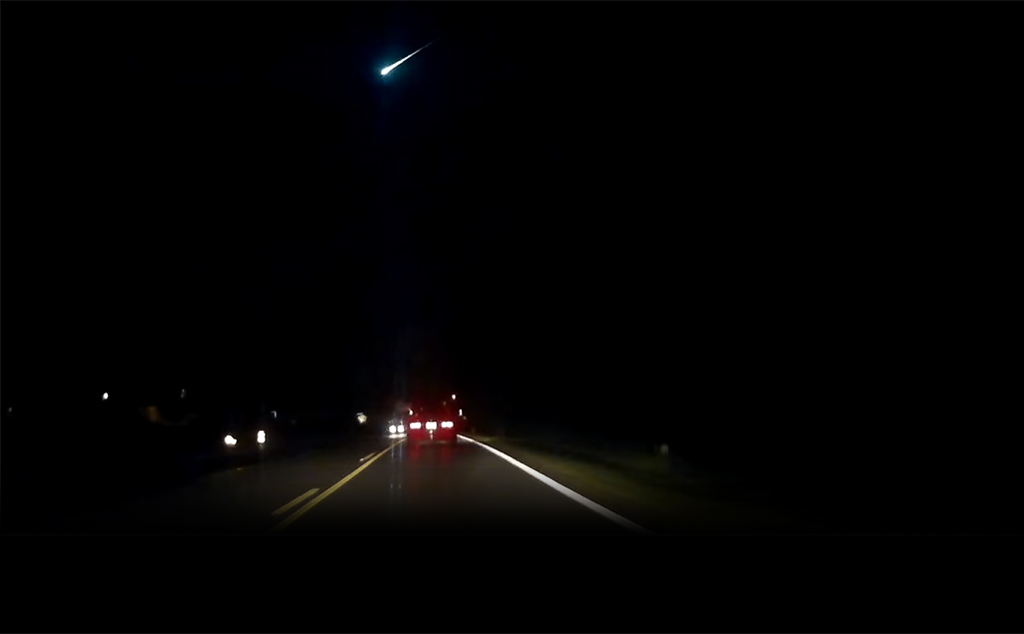
Meteor Activity Outlook for May 7-13, 2016
For morning observers the estimated total hourly rates for this week should be near 15 as seen from mid-northern latitudes (45N) and 25 as seen from tropical southern locations (25S).

For morning observers the estimated total hourly rates for this week should be near 15 as seen from mid-northern latitudes (45N) and 25 as seen from tropical southern locations (25S).
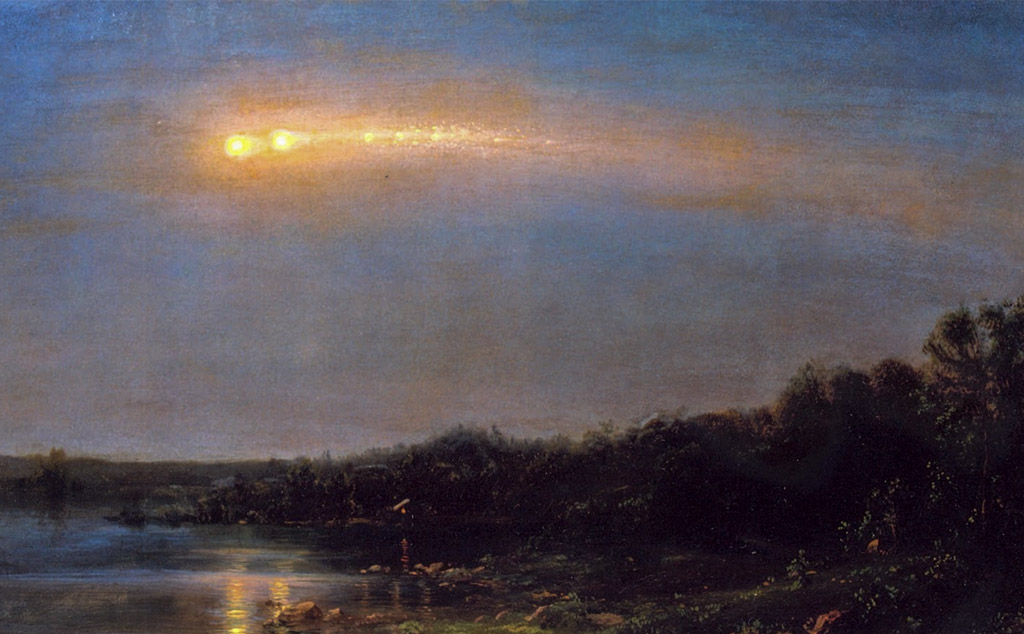
Frederic Edwin Church, Meteor of 1860, 1860 – Courtesy of Judith Filenbaum Hernstadt Radiant Positions at 9pm Local Daylight Saving…
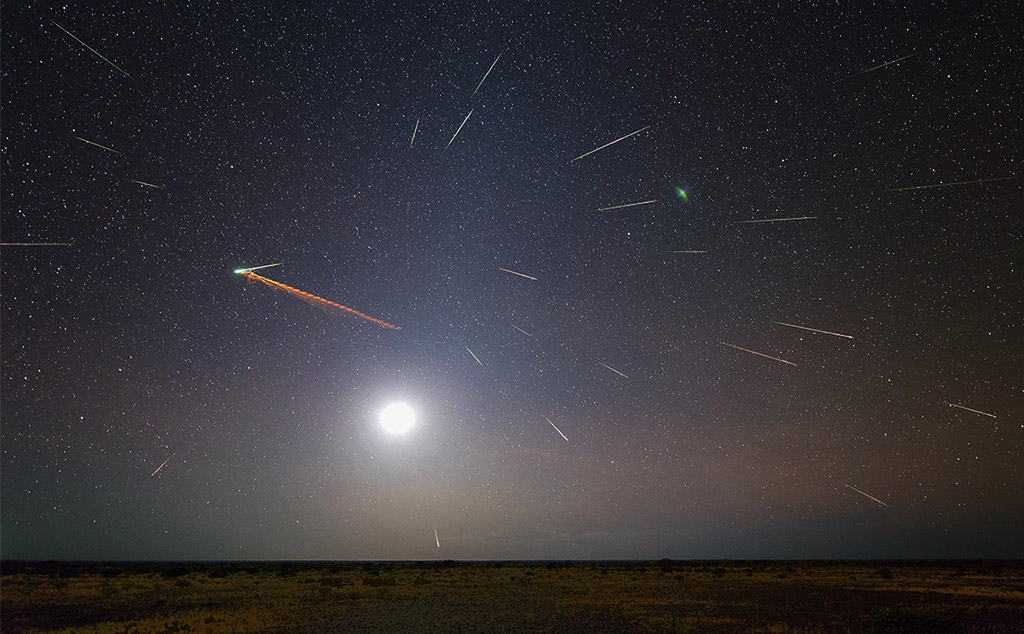
The Eta Aquariids (ETA) are active between April 19 and May 28. The strongest activity is usually seen near May 7, when rates can reach 25-30 meteors per hour as seen from the tropical areas of the Earth.
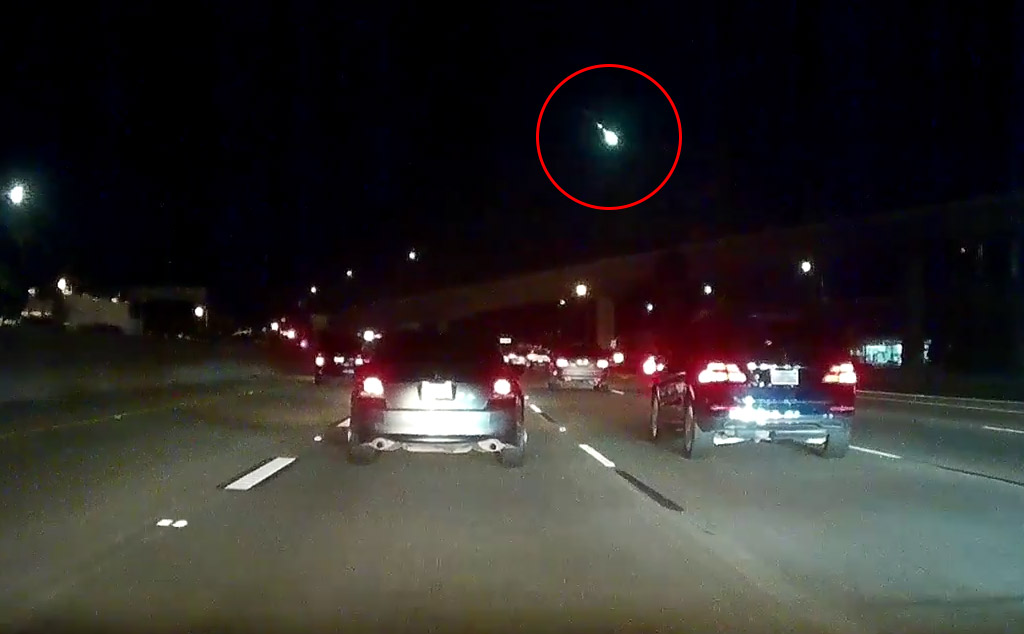
The AMS has received over 160 reports so far about a fireball event over Southern California on April 26th 2016 at 9:40pm PDT (April,27th, 4:40 UT).
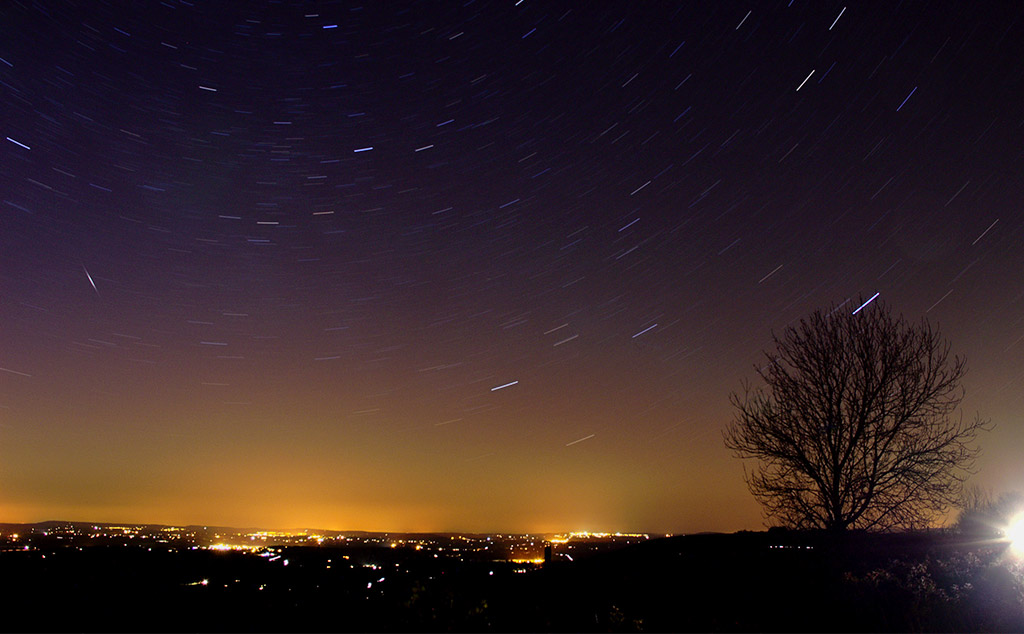
Star Trails and Lyrid Meteor over UK – © Rob Payne 2014 During this period the moon wanes from its…

The AMS received over 575 reports so far about a fireball event over Illiois on Friday, April 15th 2016 at 10:15pm CT (April, 16th, 3:15 UT). The fireball was seen primarily from Illinois but witnesses from...
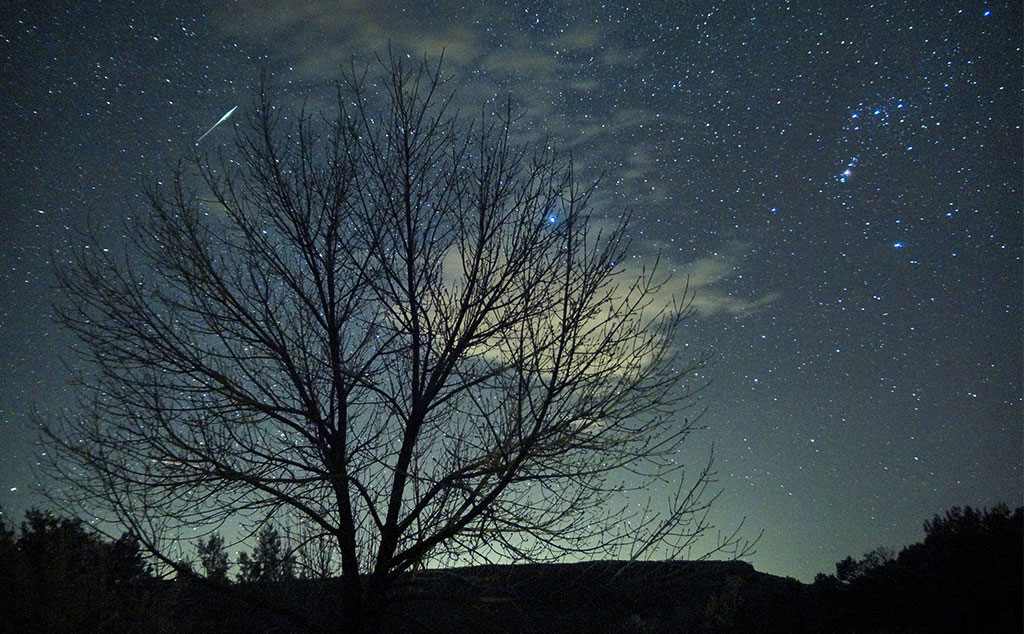
Lyrid meteors should begin appearing on April 18th and will reach maximum activity 4 nights later. Rates at maximum are normally 10-15 per hour but the full moon will severely reduce this number.
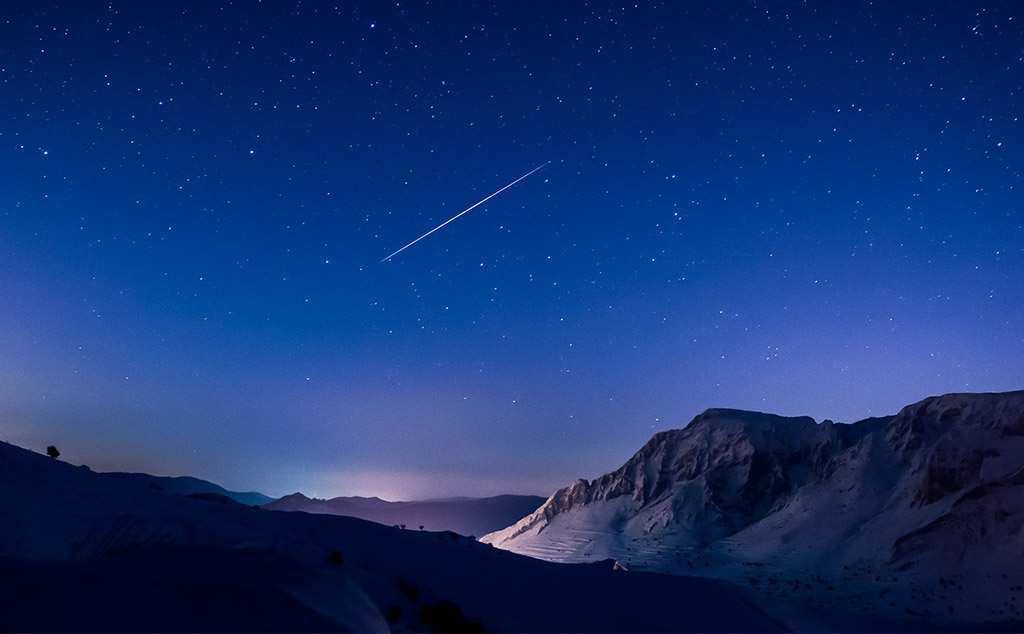
For morning observers the estimated total hourly rates for this week should be near 8 as seen from mid-northern latitudes (45N) and 11 as seen from tropical southern locations (25S).
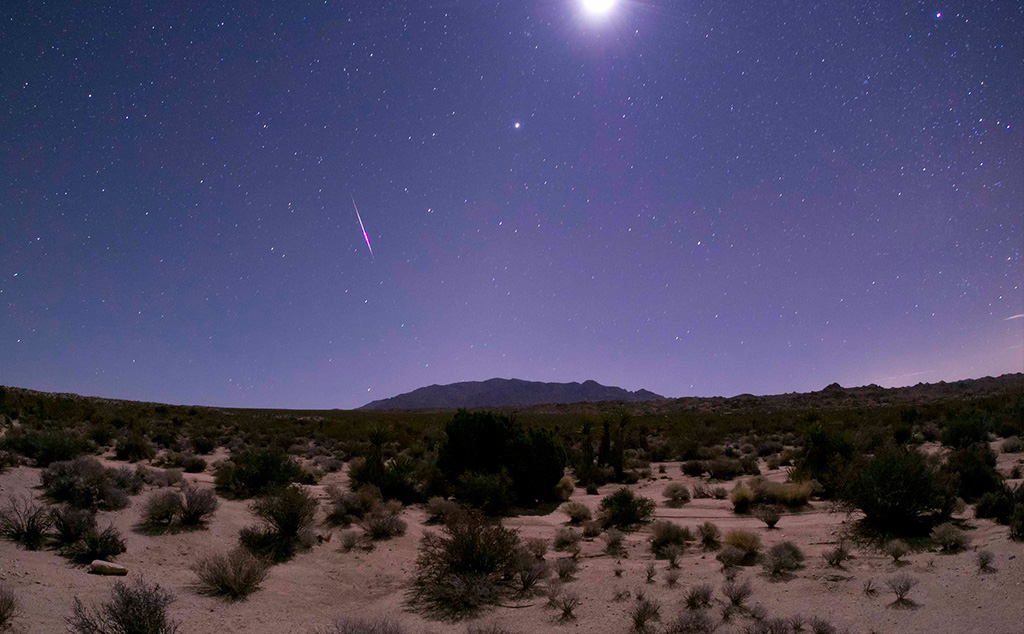
Meteor activity picks up a bit during April as the Lyrids become active during the month. They are active from the 18th through the 25th, with a pronounced maximum on the 22nd...
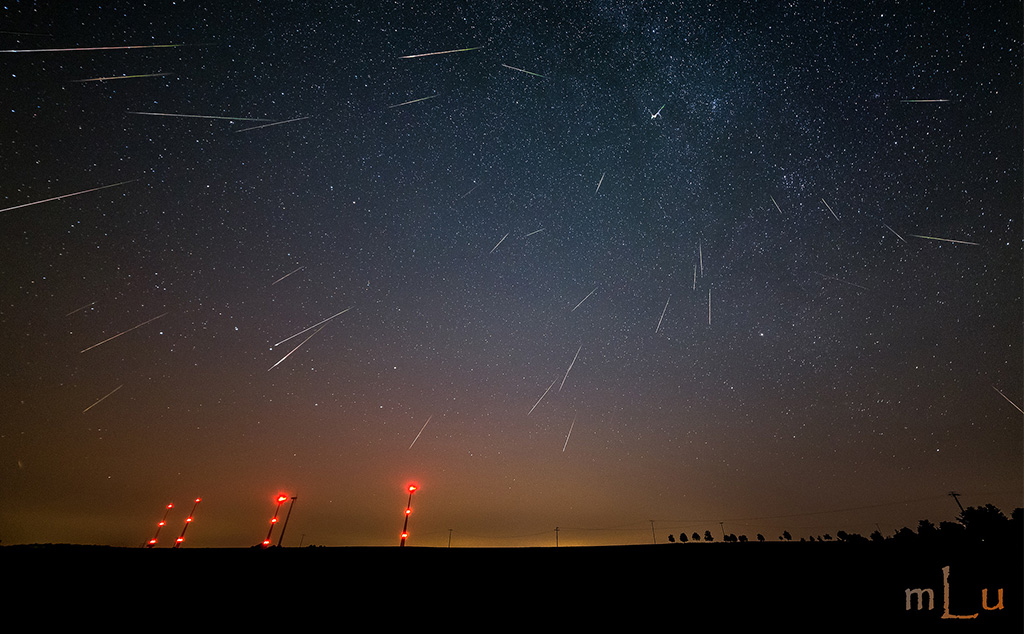
The estimated total hourly meteor rates for evening observers this week is near 3 for observers located in the northern hemisphere and 4 for observers located south of the equator. For morning observers the estimated total hourly rates should be near 5 as seen from mid-northern latitudes (45N) and 7 as seen from tropical southern locations (25S).
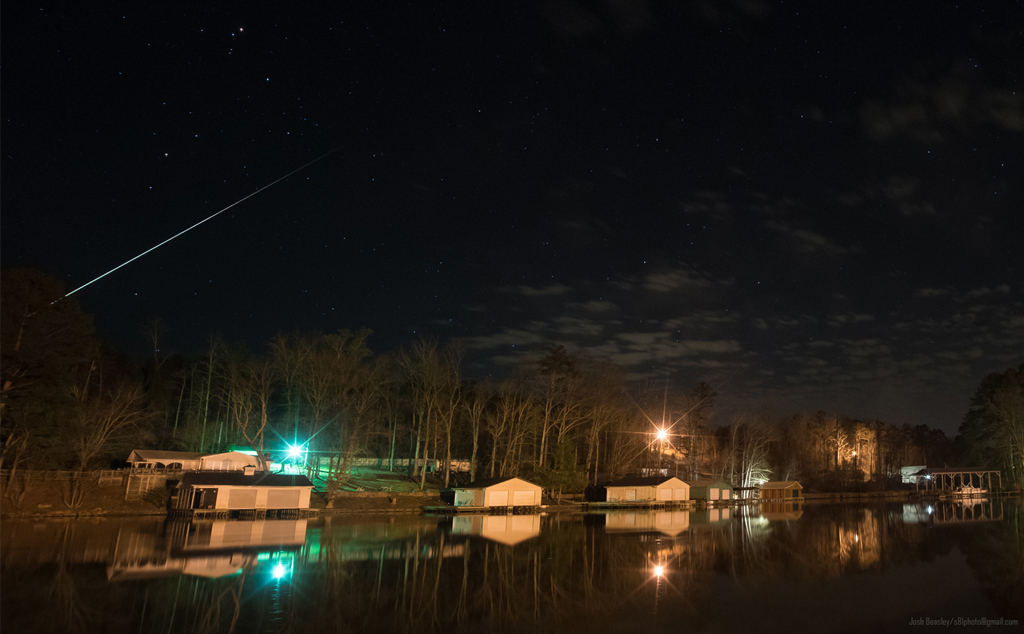
AMS Event#1044-2016 by Josh Beasley – March 14th, 2016 Radiant Positions at 7pm Local Standard Time Radiant Positions at Midnight…
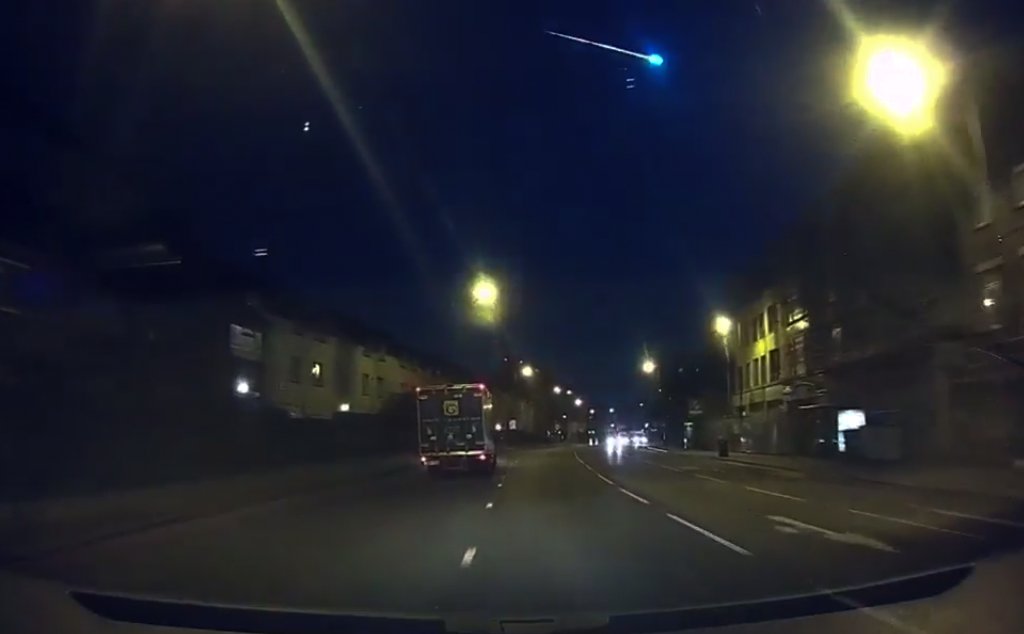
The AMS received over 45 reports so far about a fireball event over UK (England) on Thursday, March 17th 2016 at 3:16 GMT. The fireball was seen primarily from England but witnesses from France and the Netherlands also reported the event. We expect more reports today.
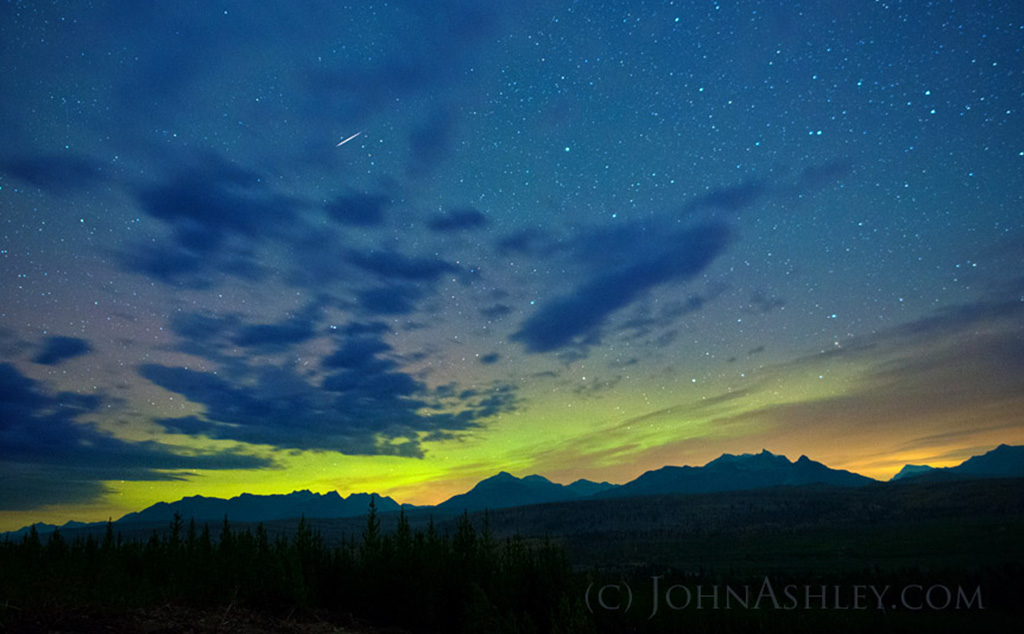
For morning observers the estimated total hourly rates should be near 8 as seen from mid-northern latitudes (45N) and 14 as seen from tropical southern locations (25S). During this period the moon reaches its first quarter phase on Tuesday March 15th...
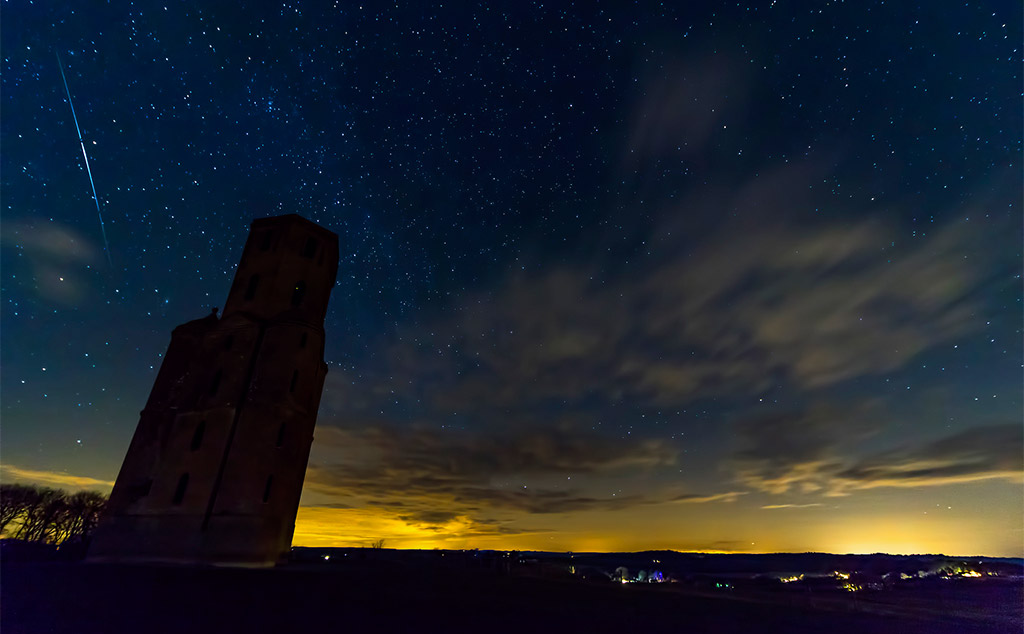
While March is the least active month for shower meteor activity (no major annual showers are active this month), Northern spring is a good time to see fireballs. In the weeks around the start of spring, NASA noticed that the appearance rate of fireballs can increase by as much as 30 percent.

The American Meteor Society has received about 40 reports so far of a bright fireball on March 4th, 2016. The fireball was seen primarily from Missouri and Oklahoma...
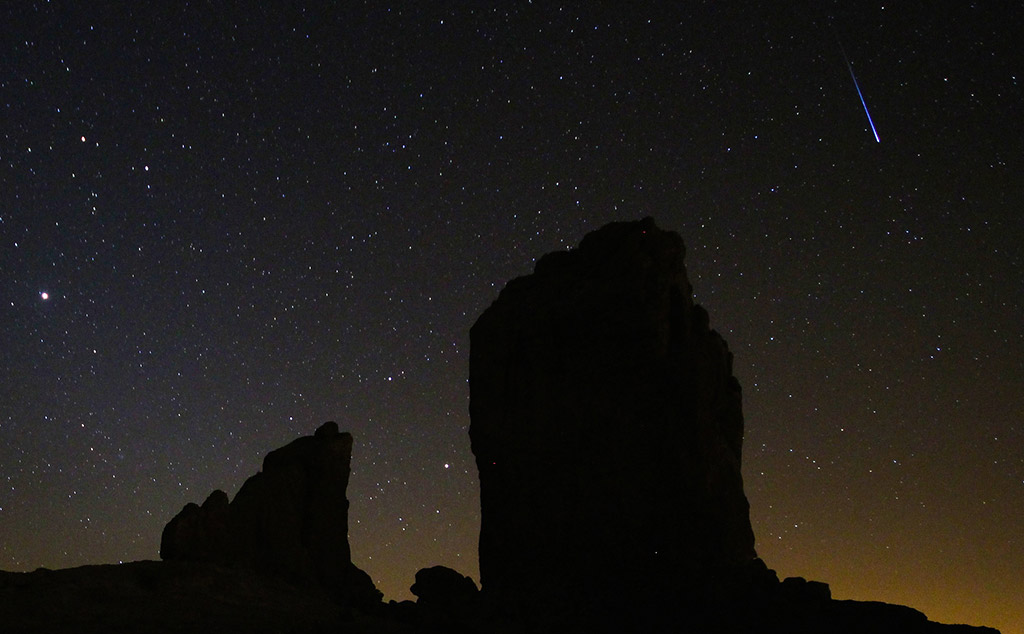
For morning observers the estimated total hourly rates should be near 8 as seen from mid-northern latitudes (45N) and 13 as seen from tropical southern locations (25S). The actual rates will also depend on factors such as personal light and motion perception...
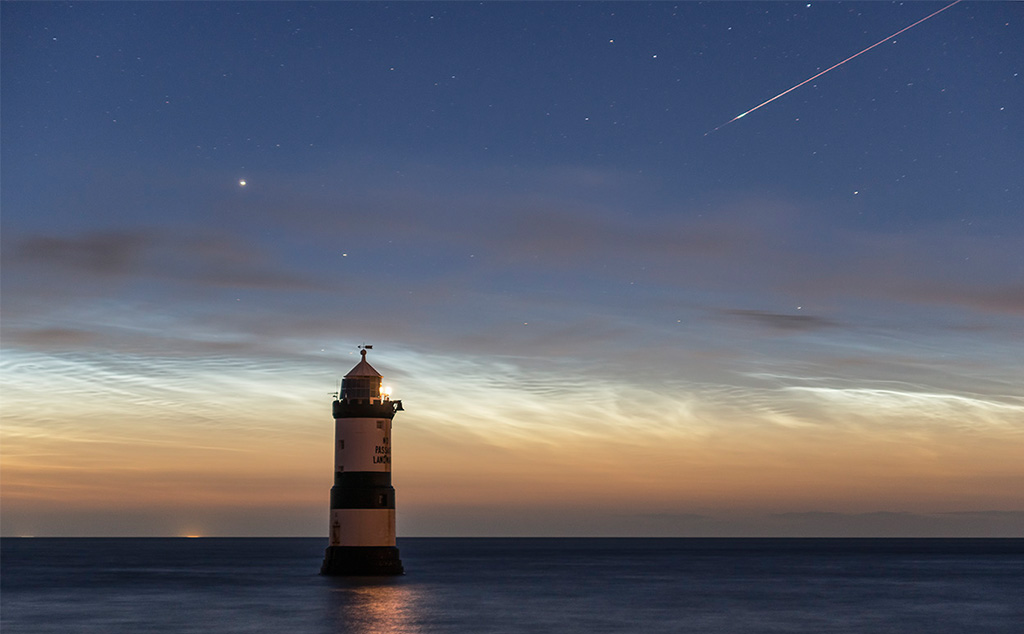
As seen from the northern hemisphere, March is the slowest month for meteor activity. No major annual showers are active and only a few very weak minor showers produce activity this month.
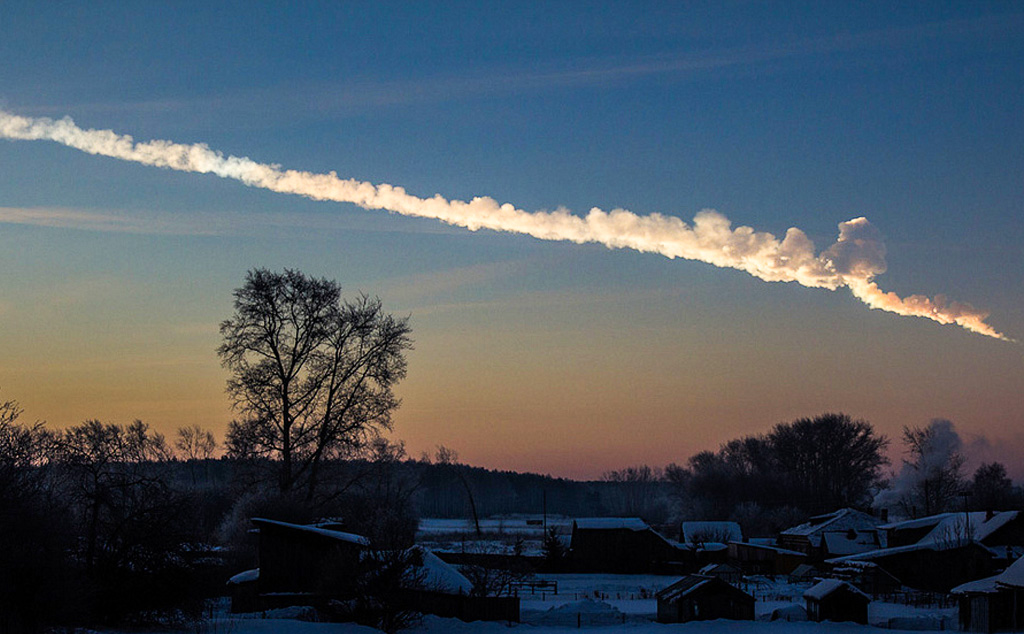
For morning observers the estimated total hourly rates should be near 4 as seen from mid-northern latitudes (45N) and 8 as seen from tropical southern locations (25S)... It's a slow week for meteors: watch for fireballs!
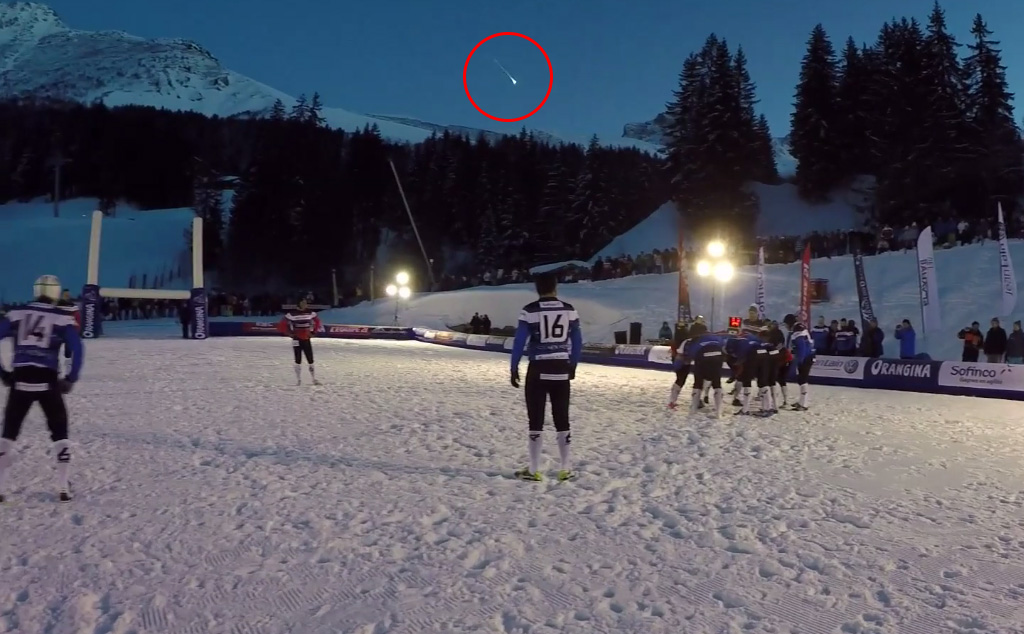
The American Meteor Society received over 55 reports so far about a fireball event over Southern France on Wednesday, February 17th 2016 around 17:20 UT (18:20 local time).
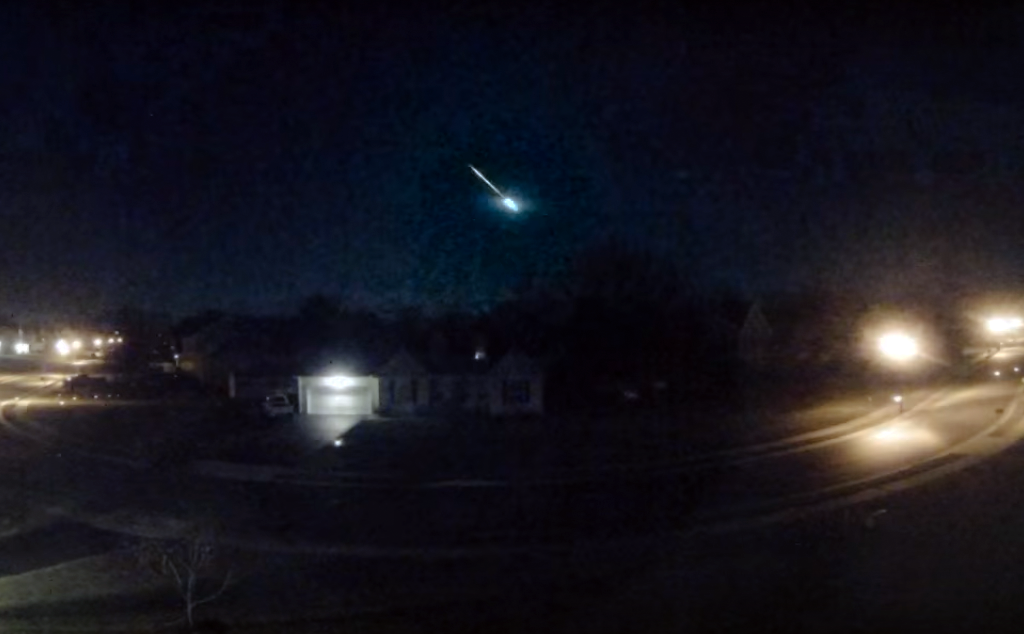
The American Meteor Society has received nearly 110 reports of a bright fireball on Sunday, February 14th, 2016. It was observed over a large portion of the Northeastern US.
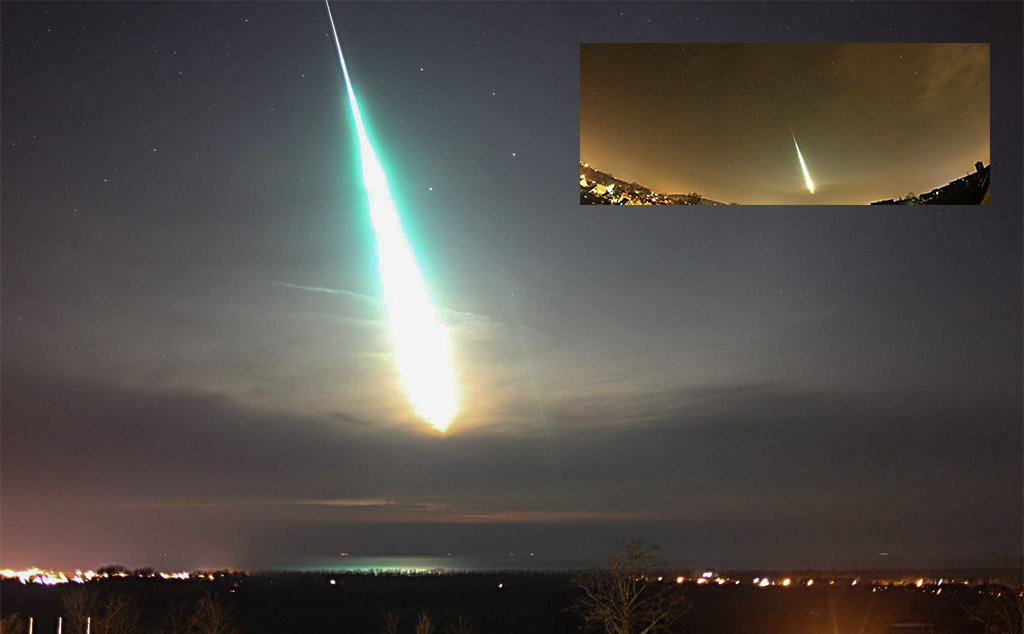
The estimated total hourly meteor rates for evening observers this week is near 3 for observers located in the northern hemisphere and 4 for observers located south of the equator. For morning observers the estimated total hourly rates should be near 9 as seen from mid-northern latitudes...